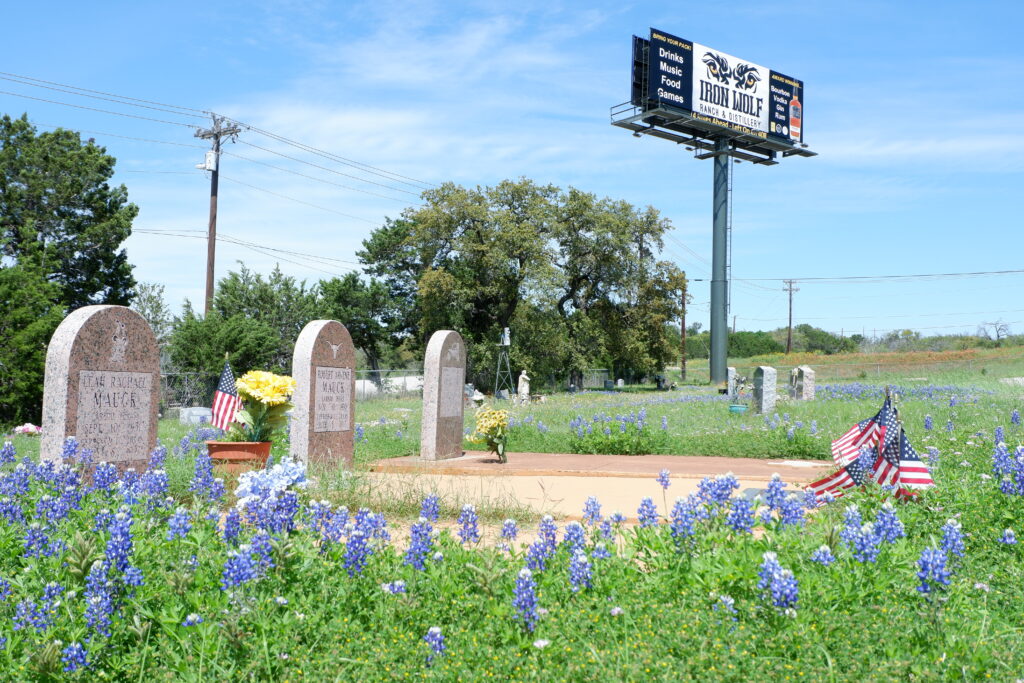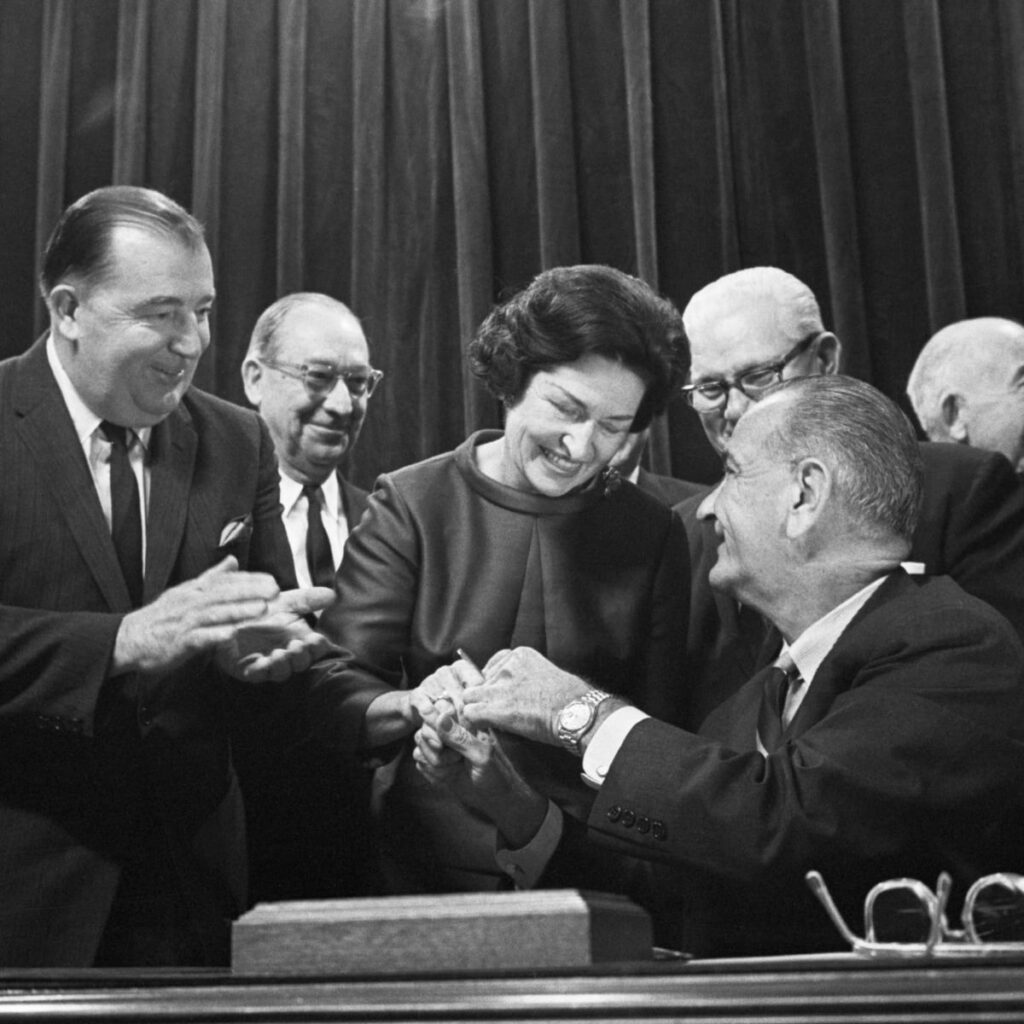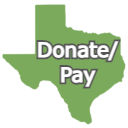Why are a large number of trees being removed or cut down in my community? Who do I call about a huge billboard that was erected near my house? How many and how large are signs allowed to be at my local grocery or hardware store? What about those bandit signs in the public right of way, may I remove them? My neighbor is cutting down an old but healthy Texas oak tree, is this legal? These are examples of scenic-related questions that may arise in your daily life. You need help but where do you go to get it? The answer is found in that old real estate rule, location, location, location. But for scenic questions, it depends on what governmental entity, if any, controls that particular location.
In general, every State is unique—local ordinances, regulations, and rules may overlap with State, and, at times, even with federal laws. In Texas, we are somewhat more unique than most in how these governmental powers overlap or whether any even exists where you live. Below is a very brief summary of how these local governmental powers work in Texas communities, and some guidance on where you might find answers to scenic-related questions impacting your home, family, community, or maybe what you see on daily walks or drives.
City Powers: Across the state, there are 966 cities, 232 towns, and 22 villages. Of the 966 cities, 290 are governed by “home-rule authority,” which means that subject to the constitution and general state law, a city of over 5,000 residents may govern itself by adopting a city charter. Those 290 home-rule city charters govern how that particular city will function, either by council/manager or by mayor/council. The remaining Texas cities have “general law” authority, those cities with 5,000 or fewer in population. Instead of a controlling charter, those cities rely on the state legislature for expressly authorized powers. Among services provided by Texas, cities are water, sewer, drainage, parks, streets, police services, and, in most cities, zoning. Cities may levy property taxes, sales taxes, or user fees to fund city services. Most, if not all, Texas home-rule cities have adopted sign codes and some have adopted tree ordinances.

County Powers: By residing in Texas, we automatically live in one of the 254 counties but because much of Texas is rural, we may or may not live in an incorporated city. County populations range in size from just under 100 residents (Loving County) to more than 4.6 million residents (Harris County). The Texas Association of Counties lists the major responsibilities of the Texas county government as:
· Providing public safety and justice
· Holding elections at every level of government
· Maintaining Texans’ most important records
· Building and maintaining roads, bridges, and in some cases, county airports
· Providing emergency management services
· Providing health and safety services
· Collecting property taxes for the county and sometimes for other taxing entities
· Issuing vehicle registration and transfers
· Registering voters.
Although Texas counties have no zoning authority, a handful of the large urban counties have been granted (by the state legislature) some limited powers to help control unrestricted land development. In addition, some counties provide libraries, parks, and other programs that add to
the quality of life for residents. And in a few of the large urban counties, special legislation has been adopted to grant counties powers to regulate or prohibit billboards along certain roads.
City, county or both. Because every Texas city has a “buffer” zone or extraterritorial jurisdiction (ETJ) ½ mile to 5 miles from the incorporated city limits depending on the population of the city, there may also be intergovernmental agreements between a city and county that control certain issues in the ETJ. Moreover, the legislature occasionally grants cities certain additional powers in the ETJ. For example, cities have the power to regulate or prohibit billboards in the ETJ if the city proactively votes to extend its sign code into the ETJ.
Federal highways. From a scenic standpoint, it is important to remember that under President Johnson’s 1965 Highway Beautification Act (also known as the Lady Bird Act), the federal government mandates that States control the size, spacing, lighting, and location of billboards along federal highways. So even if you live in rural Texas, there are some billboard controls along the federal highways that pass through your county. Those controls are enforced by the Texas Department of Transportation.
So if you are totally confused now or if you don’t know which public official to go to—city, county, state, or federal–please ask, and we will try to help. Remember—it’s who controls that location, location, location!

